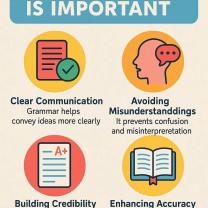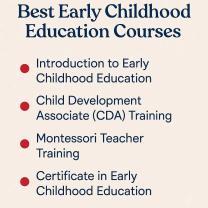How to master trigonometry?
Mastering trigonometry can be challenging, but with the right approach and resources, you can succeed. Here are some tips and resources to help you master trigonometry:
Tips for Mastering Trigonometry:
Understand the Basics: Start by building a solid foundation in trigonometry by understanding the basic concepts, including sine, cosine, tangent, and the unit circle.
Practice Regularly: Trigonometry is a skill that improves with practice. Solve a variety of trigonometric problems regularly to reinforce your understanding.
Memorize Trigonometric Identities: Familiarize yourself with trigonometric identities like the Pythagorean identities, sum and difference identities, and double-angle identities. These are essential for solving more complex problems.
Learn the Unit Circle: The unit circle is a fundamental tool in trigonometry. Understand how it works and how to use it to find trigonometric values.
Use Trigonometric Functions in Real-Life Contexts: Try to apply trigonometric functions to real-life problems. For example, you can use trigonometry to solve problems related to physics, engineering, or architecture.
Study Trigonometric Ratios: Learn about trigonometric ratios, such as sine, cosine, and tangent, and how they relate to angles in right triangles. Understand how to use these ratios to find missing side lengths or angles.
Practice with Trigonometric Equations: Solve trigonometric equations to improve your problem-solving skills. Pay attention to solving equations involving trigonometric identities and solving for specific angles or values.
Work on Trigonometric Graphs: Understand the graphs of trigonometric functions like sine and cosine. Learn how to interpret these graphs and use them to solve problems.
Seek Help When Needed: Don't hesitate to ask for help from teachers, tutors, or online resources if you encounter challenges with specific trigonometric topics.
Resources for Mastering Trigonometry:
Textbooks: Use a quality trigonometry textbook that covers the subject comprehensively. Popular options include "Trigonometry" by Michael Sullivan and "Trigonometry For Dummies" by Mary Jane Sterling.
Online Tutorials: There are numerous online tutorials and video lessons available on platforms like Khan Academy, Coursera, and YouTube. These can provide step-by-step explanations and visual demonstrations.
Practice Problems: Websites like Purplemath, Mathway, and Wolfram Alpha offer practice problems and solutions for trigonometry. You can use these to test your skills.
Trigonometry Apps: There are mobile apps designed to help you practice trigonometry, such as Trigonomics and Trigonometry Quick Reference.
Online Courses: Consider enrolling in online trigonometry courses, which offer structured lessons and quizzes. Websites like edX and Coursera offer such courses.
Math Forums: Participate in math forums like Math Stack Exchange, where you can ask questions and learn from experienced mathematicians and educators.
Trigonometry Calculators: Utilize graphing calculators or trigonometry calculators to check your work and explore trigonometric functions graphically.
Study Groups: Form or join study groups with classmates or peers to discuss concepts, solve problems collaboratively, and clarify doubts.
Remember that mastering trigonometry takes time and persistence. Start with the basics, practice regularly, seek help when needed, and use a variety of resources to reinforce your understanding of trigonometric concepts and their applications.













